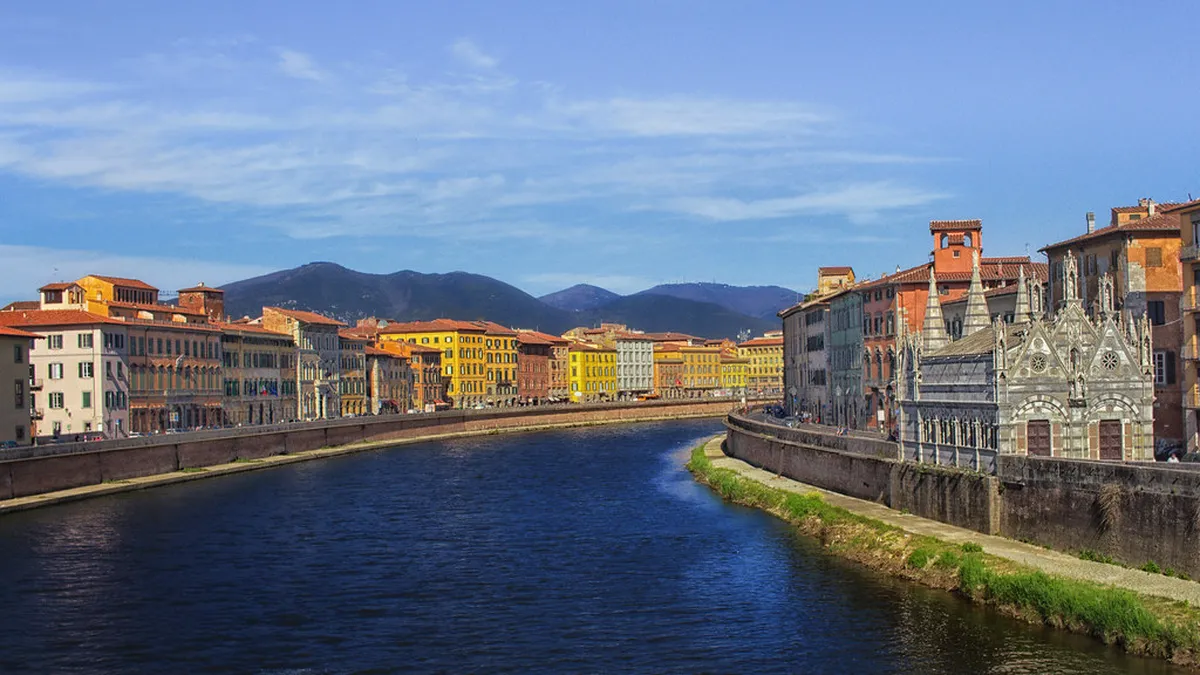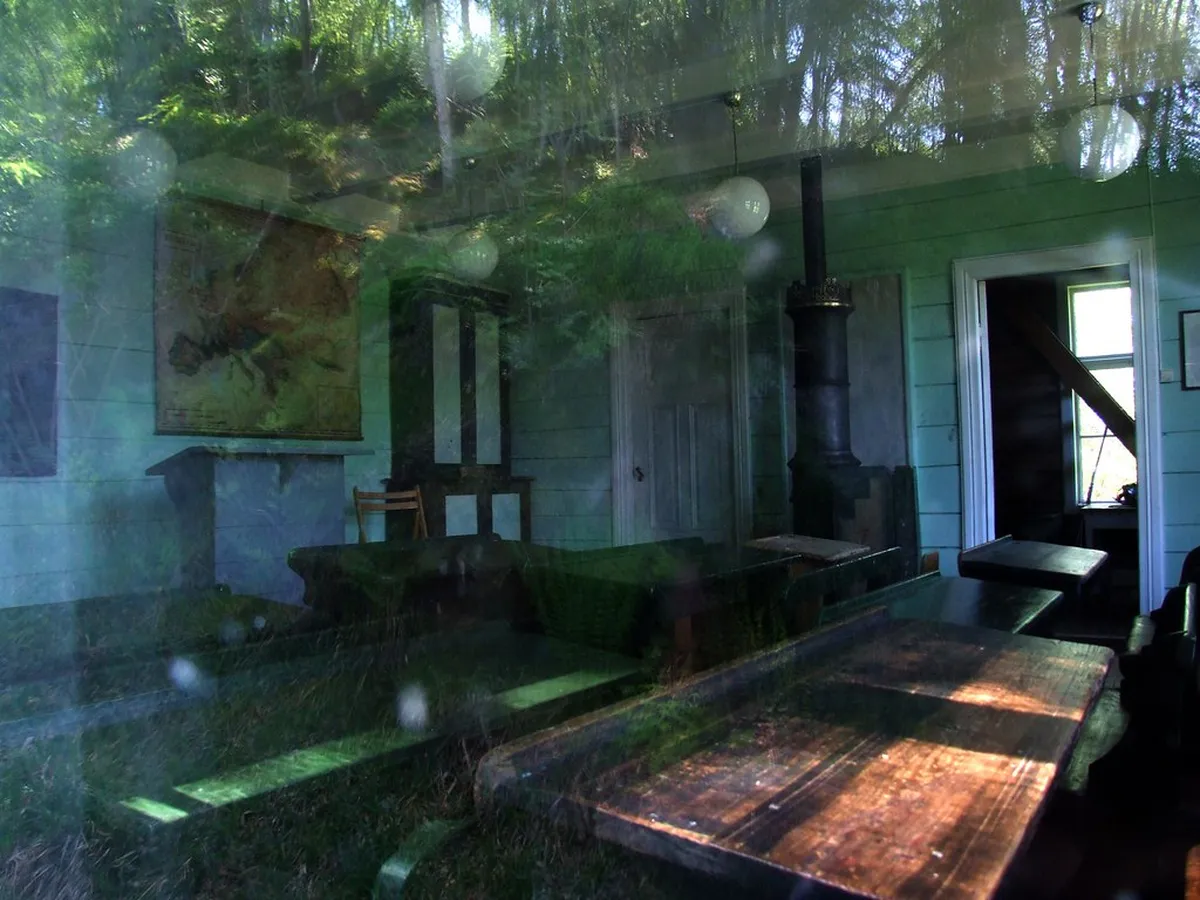Transportation Guide: The Best Ways to Get Around Jeju Island
Navigating Jeju Island efficiently is essential for maximizing your vacation time and experiencing all this beautiful destination has to offer. With attractions spread across the island and limited public transportation in some areas, choosing the right transportation methods can significantly impact your travel experience. This comprehensive transportation guide compares all your options for getting around Jeju, from rental cars to buses and taxis, helping you make informed decisions for your trip. For a detailed day-by-day plan that considers transportation needs, see our 5-day Jeju itinerary. Navigate the city efficiently with our Tokyo transport guide.

Transportation Overview: Comparing Your Options
Plan this trip faster with our free online itinerary maker. Get a personalized day-by-day plan in minutes.
Before diving into the details of each transportation method, here's a quick comparison to help you understand the pros and cons of each option: Navigate the city efficiently with our Busan transport guide.
| Transportation Method | Flexibility | Cost | Convenience | Best For |
|---|---|---|---|---|
| Rental Car | ★★★★★ | $$-$$$ | ★★★★★ | Families, groups, off-the-beaten-path exploration |
| Public Bus | ★★☆☆☆ | $ | ★★★☆☆ | Budget travelers, solo travelers, main attractions only |
| Taxi | ★★★★☆ | $$$-$$$$ | ★★★★☆ | Short distances, airport transfers, convenience seekers |
| Tour Bus | ★☆☆☆☆ | $$ | ★★★★☆ | First-time visitors, those wanting historical context |
| Scooter/Motorcycle | ★★★★☆ | $$ | ★★★☆☆ | Solo travelers, couples, coastal routes in good weather |
Renting a Car in Jeju: The Most Convenient Option
For most visitors, renting a car provides the ultimate flexibility and convenience for exploring Jeju Island. The island's attractions are spread out, and having your own vehicle allows you to create a customized itinerary and reach places that would be difficult to access via public transportation. When planning which attractions to visit, our guide to top must-see attractions in Jeju can help you map your driving routes efficiently. Navigate the city efficiently with our Can Tho transport guide.
Recommended Car Rental Companies
Several reputable companies offer car rentals in Jeju, with most having counters at Jeju International Airport: Navigate the city efficiently with our Jeju-si transport guide.
- Lotte Rent-a-Car: Largest Korean rental company with excellent English support
- SK Rent-a-Car: Good selection of vehicles, competitive rates
- AJ Rent-a-Car: Wide range of vehicle types
- Sixt: International chain with familiar booking procedures for foreign visitors
- Jeju Rent-a-Car: Local company often with more competitive rates
If you're planning where to stay based on your transportation choice, check our guide to where to stay in Jeju for accommodation options with good parking facilities. Navigate the city efficiently with our Sapporo transport guide.
Car Rental Requirements and Process
- International Driving Permit (IDP): Required for foreign visitors in addition to your home driver's license
- Age Requirements: Most companies require drivers to be 21+ with 1+ year of driving experience
- Booking Timeline: Reserve 2-4 weeks in advance (or earlier during peak seasons)
- Documentation: Passport, IDP, home country driver's license, and credit card
- Pickup Locations: Most rentals are available at Jeju International Airport or major hotels
Rental Costs
Car rental prices in Jeju vary based on season, car type, and rental duration: Navigate the city efficiently with our Trat transport guide.
- Economy Cars: 40,000-60,000 KRW per day ($35-$50 USD)
- Mid-size Cars: 60,000-90,000 KRW per day ($50-$75 USD)
- SUVs/Vans: 90,000-150,000 KRW per day ($75-$125 USD)
- Additional Costs: Insurance (15,000-30,000 KRW/day), GPS rental (10,000 KRW/day, though many cars include it)
- Fuel: Budget approximately 20,000-40,000 KRW ($17-$35) for a full tank depending on car size
Pro Tip: Rental rates are typically lower for weekday rentals and longer rental periods. Consider renting Monday-Friday for better rates. Navigate the city efficiently with our Kagoshima transport guide.
Driving in Jeju: What to Expect
Driving in Jeju is relatively straightforward, but there are some important considerations: Navigate the city efficiently with our Seogwipo transport guide.
- Road Conditions: Well-maintained highways and main roads; rural roads may be narrower
- Traffic Rules: Driving is on the right side, similar to US and continental Europe
- Speed Limits: 60-80 km/h on main roads; 30-50 km/h in urban areas
- Navigation: Google Maps works but has limitations; Naver Maps or Kakao Maps are superior for Korea
- Parking: Abundant and often free at major attractions; paid parking in urban centers (1,000-3,000 KRW/hour)
- Toll Roads: None on Jeju Island
Driving Tips for Jeju Island
- Gas stations are plentiful but become sparse in rural areas—keep your tank half-full when exploring remote locations
- Many Korean drivers are assertive—be cautious at intersections and merge points
- Speed cameras are common on main roads; obey posted limits to avoid fines
- Download an offline navigation app before arrival as backup
- Consider getting full coverage insurance; Korean drivers sometimes park very close to each other

Public Buses in Jeju: Budget-Friendly Option
If you prefer not to drive or want to save on transportation costs, Jeju's public bus system can be a viable alternative, though it requires more planning and patience. The island has significantly improved its bus network in recent years, making it more tourist-friendly. If you're traveling during different seasons, note that bus schedules may vary. See our guide to seasonal highlights in Jeju for seasonal transportation considerations. Plan your journey with our Itinerary Maker.
Key Tourist Bus Routes
These routes connect major tourist attractions and are the most useful for visitors: Arrange your visit using our Taormina itinerary. Coordinate your travel plans with our León itinerary.
| Bus Number | Route | Key Destinations | Frequency |
|---|---|---|---|
| 201 | Airport to Seongsan | Jeju City, Hamdeok Beach, Seongsan Ilchulbong | Every 30 minutes |
| 202 | Airport to Jungmun | Jeju City, Yongduam Rock, Jungmun Tourist Area | Every 30 minutes |
| 600 | Jeju City to Seogwipo | Hallasan National Park, Seogwipo City | Every 15-20 minutes |
For information about the cultural and historical sites accessible by these bus routes, see our guide to cultural experiences in Jeju. Schedule your trip with our Plovdiv itinerary.
Bus Fares and Payment
- City/Local Buses: 1,200-1,500 KRW per trip ($1-1.30 USD)
- Intercity/Express Buses: 1,500-3,000 KRW ($1.30-$2.60 USD) depending on distance
- Airport Limousine: 5,000-6,000 KRW ($4.30-$5.20 USD)
- Payment Methods:
- T-money Card: Rechargeable transportation card usable throughout Korea
- Cash (exact change preferred)
- Credit cards not accepted on buses
Insider Tip: Purchase a T-money card at convenience stores (GS25, CU, 7-Eleven) for 4,000 KRW and load it with credit. This saves 100 KRW per trip and allows free transfers within 30 minutes.
Bus Travel Tips
- Bus stops have electronic displays showing arrival times in major areas
- Download the "Jeju Bus Information" app for real-time bus tracking
- Buses may run less frequently in rural areas and during evenings
- Signal the driver when approaching your stop by pressing the bell button
- Have your destination written in Korean to show the driver if needed
Limitations of Bus Travel
- Time-consuming (a journey by car might take 30 minutes, while the same trip by bus could take 1+ hours)
- Limited access to off-the-beaten-path attractions
- Reduced service in the evenings (most buses stop running between 9-10 PM)
- Language barriers with bus drivers
- Potentially crowded during peak season
Taxis in Jeju: Convenient But Pricier
Taxis provide a convenient option for shorter distances or specific trips where buses might be inconvenient. They're particularly useful for reaching restaurants or attractions located away from main bus routes. If you're looking to explore off-the-beaten-path locations by taxi, our guide to hidden gems of Jeju highlights some lesser-known spots worth visiting.
Types of Taxis
- Regular Taxis: Silver, orange, or white vehicles with standard rates
- Deluxe Taxis: Black vehicles with "DELUXE" marking, offering more comfort at higher rates
- Large Taxis: Van-type vehicles accommodating up to 8 passengers
- Airport Taxis: Available at designated stands outside the terminal
Taxi Fares
- Base Fare: 3,000-3,300 KRW ($2.60-$2.85 USD) for the first 2 km
- Regular Rate: Approximately 1,000 KRW ($0.85 USD) per additional km
- Night Surcharge: 20% additional between midnight and 4 AM
- Deluxe Taxi: Approximately 40% higher than regular taxis
- Airport to Jeju City: 15,000-20,000 KRW ($13-$17 USD)
- Airport to Seogwipo: 50,000-60,000 KRW ($43-$52 USD)
- Jeju City to Popular Attractions: 15,000-30,000 KRW ($13-$26 USD) each way
Using Taxis Effectively
- Major hotels and popular attractions have taxi stands
- For on-demand service, use apps like Kakao T (English available) or UT Taxi
- Have your destination written in Korean to show the driver
- Most taxis accept credit cards, but carrying cash is recommended
- Tipping is not expected in Korea
When to Use Taxis
While expensive for long distances, taxis are ideal for:
- Airport transfers with lots of luggage
- Late night travel when buses aren't running
- Short trips within cities
- Reaching places with limited public transportation
- Rainy days when you don't want to wait for buses
Tour Buses and Guided Tours: Hassle-Free Option
For travelers who prefer a completely hassle-free experience, guided tours can be an excellent option. These typically include transportation in comfortable coaches, English-speaking guides, and admission to attractions. Tour buses are especially convenient for families with children. For more family-oriented activities, see our guide to family-friendly activities in Jeju.
Tour Bus Services
For comprehensive island exploration without driving yourself, consider booking a taxi tour:
- Half-day Tour: 4 hours, approximately 80,000-100,000 KRW ($70-$85 USD)
- Full-day Tour: 8 hours, approximately 150,000-200,000 KRW ($130-$170 USD)
- Customizable itineraries based on your interests
- Available in English, Chinese, or Japanese (request in advance)
- Bookable through hotels, tourist information centers, or online platforms
Transportation Tips for Different Trip Durations
The ideal transportation method often depends on how long you'll be staying on Jeju Island:
For Short Trips (1-2 Days)
- Choose either a single-region focus with taxis/buses or a targeted car rental
- Consider a one-day guided tour to maximize efficiency
- Base yourself in either Jeju City or Seogwipo to minimize travel time
- Focus on key attractions rather than trying to see everything
If you have limited time, our guide to top must-see attractions in Jeju can help you prioritize the most essential sights.
For Longer Stays (3-5 Days)
- Best Option: Rental car for maximum flexibility
- Alternative: Strategic use of intercity buses with occasional taxis
- Strategy: Divide island into sections (North, South, East, West) and explore one section per day
Week-long Visit
- Best Option: Rental car with accommodation in 2-3 different areas of the island
- Strategy: Spend 2-3 days in each location to minimize daily driving distances
- Example Plan: Stay in Jeju City (3 days) → Seogwipo (2 days) → Eastern Jeju (2 days)
Practical Transportation Tips
Getting from Jeju Airport to Your Accommodation
- Airport Limousine Bus: Best for major hotels and tourist areas
- Taxi: Most convenient but expensive for distant destinations
- Rental Car: Most rental offices are located at or near the airport
- Local Bus: Routes 100, 200, and others serve different parts of the island
Inter-Attraction Travel Times
Understanding typical travel times helps with realistic planning:
| Route | By Car | By Bus |
|---|---|---|
| Jeju Airport to Seogwipo | 50-60 minutes | 70-90 minutes |
| Jeju City to Seongsan Ilchulbong | 50-60 minutes | 90-120 minutes |
| Jeju City to Hallasan (Seongpanak trail) | 40 minutes | 60 minutes |
| Seogwipo to Jungmun Beach | 20 minutes | 30-40 minutes |
| East to West Coast (Seongsan to Hallim) | 90 minutes | 2.5-3 hours |
Money-Saving Transportation Tips
- Book car rentals in advance for better rates, especially during peak seasons
- Consider the T-Money card for public transportation to save on individual fares
- Share taxis with other travelers heading to the same destination
- Look for accommodation with free airport transfers
- Some hotels offer free or discounted shuttle services to nearby attractions
For more money-saving advice beyond transportation, check our essential Jeju travel tips.
Frequently Asked Questions
Is it necessary to rent a car in Jeju?
How reliable is public transportation in Jeju?
Can I get around Jeju without speaking Korean?
How much should I budget for transportation in Jeju?
Where can I purchase a T-money card in Jeju?
Is Jeju safe for driving as a foreigner?
Where can I try local food while traveling around Jeju?
What's the best way to get to natural attractions like Hallasan?
The right transportation choice can make or break your Jeju experience. While rental cars offer unparalleled freedom to explore this beautiful island at your own pace, Jeju's improving public transport network provides budget-friendly alternatives for travelers comfortable with longer travel times and some logistical planning. Taxis and organized tours bridge the gap for specific situations or those seeking convenience without driving responsibility. By understanding each option's strengths and limitations, you can create a transportation strategy that maximizes your time enjoying Jeju's volcanic landscapes, pristine beaches, and cultural treasures rather than waiting at bus stops or navigating unfamiliar roads.
Everything you need for this destination



